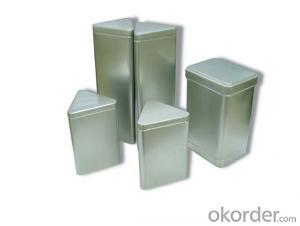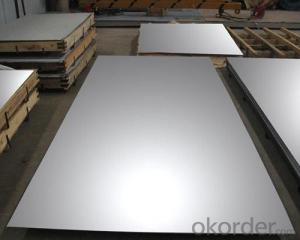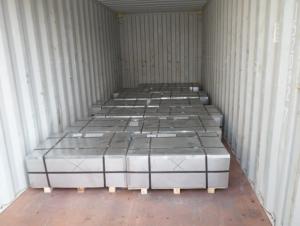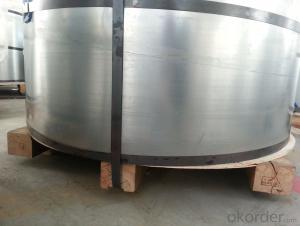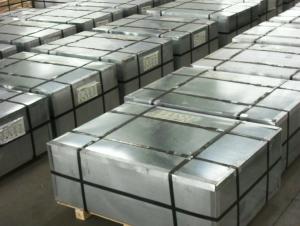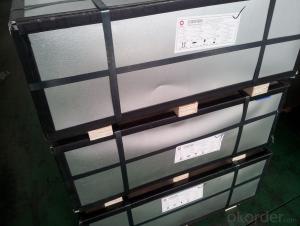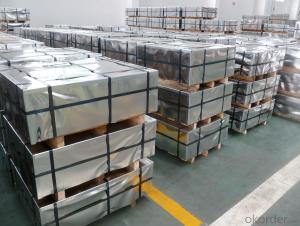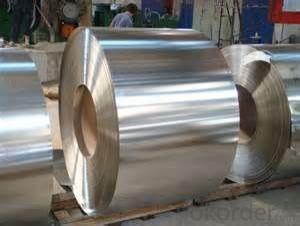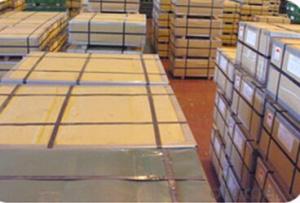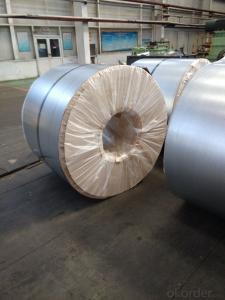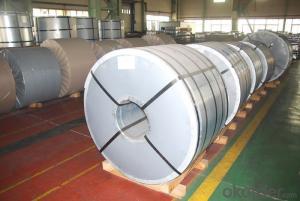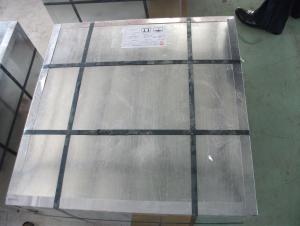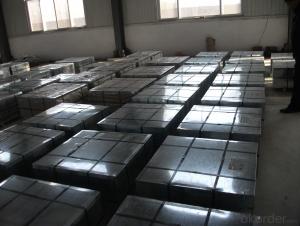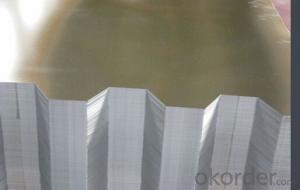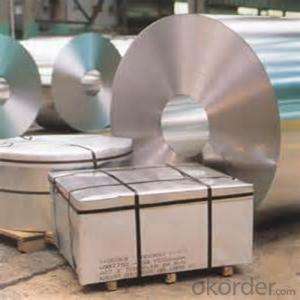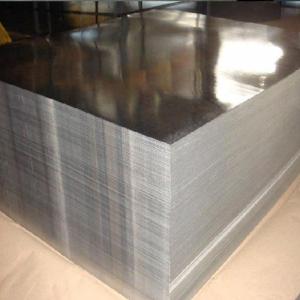Tinplate Pails
Tinplate Pails Related Searches
4 By 8 Plastic Sheets Thin Plastic Sheets Flexible Tinplate Coil Quotes Tinplate Iron Clear Plastic Sheets Hard Plastic Sheets 4X8 Lightweight Plastic Sheets Wavy Plastic Sheets White Plywood Sheets Poly Styrene Foam SheetsHot Searches
Tinplate China Tinplate Stock Price Tata Tinplate Price List Tinplate Price Trend Tinplate Nse Share Price Tinplate Price Chart Tinplate Share Price Nse Tata Tinplate Share Price Tinplate Share Price Today Tinplate Share Price Bse Tinplate Price Tinplate Share Price Tinplate Coil Manufacturers Tinplate Sheet Suppliers Food Mixer Sale Tinplate Factory Tinplate Production Tinplate Products Ltd Tinplate Products Tinplate Can ManufacturersTinplate Pails Supplier & Manufacturer from China
Okorder.com is a professional Tinplate Pails supplier & manufacturer, offers integrated one-stop services including real-time quoting and online cargo tracking. We are funded by CNBM Group, a Fortune 500 enterprise and the largest Tinplate Pails firm in China.Hot Products
FAQ
- Tinplate is typically resistant to corrosion and is not easily affected by exposure to chemicals. However, certain aggressive chemicals or strong acids may cause corrosion or degradation of the tin coating over time.
- Tinplate is commonly used in the aerospace industry for various applications such as manufacturing fuel tanks, hydraulic systems, and electrical components. It provides excellent corrosion resistance, durability, and conductivity, making it ideal for these critical applications. Additionally, tinplate is lightweight, which is essential in aerospace to reduce overall weight and enhance fuel efficiency.
- Tinplate contributes to the overall protection of packaged products by providing a strong and durable barrier against external elements such as moisture, light, and air. It helps to prevent corrosion, contamination, and spoilage, thereby extending the shelf life of the packaged products. Additionally, tinplate's resistance to impact and tampering ensures the integrity of the package, safeguarding the contents during transportation and handling.
- Tinplate is highly effective in retaining the odor and taste of the contents it holds. The tin coating on the steel provides an excellent barrier that prevents any transfer of flavors or smells, ensuring the preservation of the original quality and taste of the product.
- Tinplate offers excellent light blocking properties due to its opaque and reflective surface, resulting in minimal light transmission.
- How do you paint the tinplate?
- Spray paint. The zygote to be painted is placed on a shelf or plane or hung up and sprayed with a spray gun. Use a small air compressor and spray gun
- The main applications of tinplate in the pet care industry include the packaging of pet food, treats, and supplements. Tinplate cans provide a durable and airtight solution for preserving the freshness and quality of pet products, while also offering a convenient and easy-to-open packaging option for pet owners. Additionally, tinplate containers can be customized with appealing designs and branding, enhancing product visibility and marketing efforts in the pet care market.
- There are two main types of tinplate lamination: single-sided lamination and double-sided lamination. Single-sided lamination involves laminating one side of the tinplate with a layer of material, while the other side remains untreated. Double-sided lamination, on the other hand, involves laminating both sides of the tinplate with different layers of material, providing enhanced protection and durability.

















